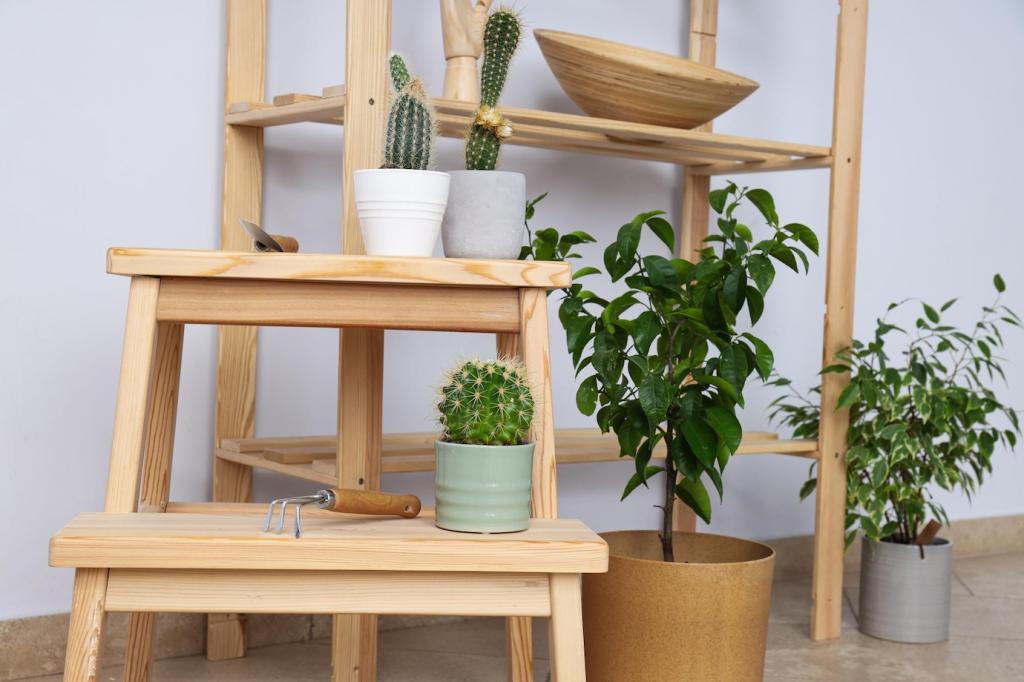
Sustainable Furniture Trends in Home Staging
Chosen theme: Sustainable Furniture Trends in Home Staging. Welcome to a fresh, feel-good approach to staging where style meets stewardship. Today we’ll explore how eco-conscious pieces create emotional resonance, photograph beautifully, and help listings stand out in a crowded market—while telling stories that buyers remember long after a showing ends.
Why Sustainable Furniture Elevates Home Staging
Buyers Feel the Difference
There’s a quiet confidence in a room styled with responsibly sourced wood, natural fibers, and timeless silhouettes. Buyers sense authenticity—from the gentle scent of low-VOC finishes to the tactile honesty of linen and oak. One agent told us a reclaimed-oak dining table sparked conversations at every showing, leading to multiple offers in a single weekend. Share your own moments when the right piece turned curiosity into commitment.
Performance in Today’s Market
Listings that broadcast sustainability often earn more engagement because the narrative resonates with modern values. Agents report that eco-forward stagings garner longer on-page time and more saves, especially with millennial and Gen Z buyers. While results vary by neighborhood and price point, the consistent thread is emotional credibility. If your market is shifting, experiment with one room staged sustainably and compare impressions, inquiries, and photo click-through rates. Tell us what changes you notice first.
Durability That Works Hard
Sustainable furnishings tend to be built to last, a practical win for high-turnover staging inventories. Solid joinery, repairable finishes, and resilient natural textiles handle frequent moves without losing appeal. Over the course of a season, that means fewer replacements, less waste, and a consistent look your brand can bank on. Consider this a quiet operational superpower: reliable pieces, intact margins, and a refined aesthetic that compounds across every listing.
Materials That Make a Difference
FSC-certified hardwoods, reclaimed timber, and fast-growing bamboo bring warmth without the worry. Reclaimed pieces carry soul: nail holes, weathered edges, and a history buyers love to hear. We once staged a loft with a coffee table made from old gym flooring; viewers traced the faint court lines and smiled. That personal connection turned a beautiful room into a memorable story. What reclaimed find would you spotlight first?
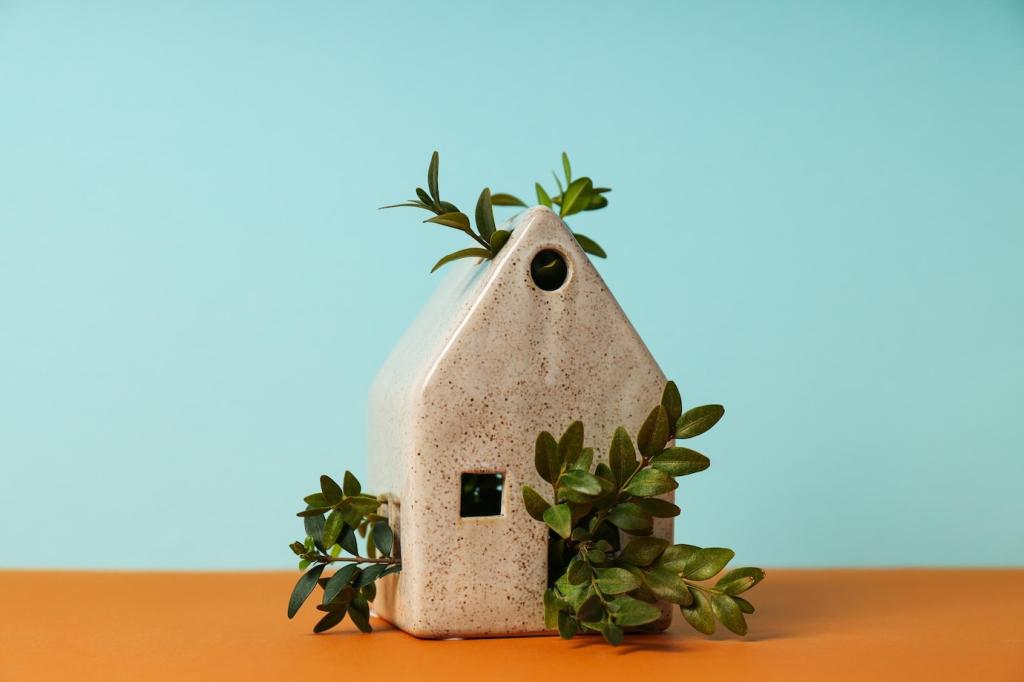
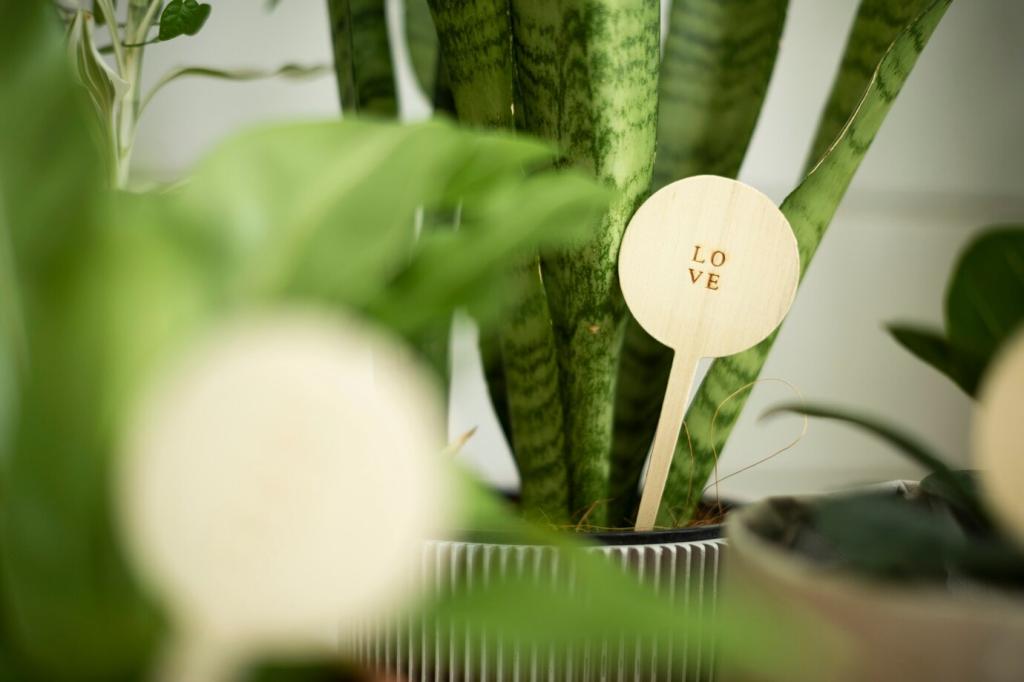
Materials That Make a Difference
Linen, organic cotton, hemp, and undyed wool drape naturally and read elegantly on camera. Their matte textures soften light, reduce glare, and add depth to neutral palettes. Bonus: they feel honest in person, which keeps buyers in the room longer. Choose covers with removable, washable sleeves to extend life between projects. If you’ve captured a perfect linen sofa shot at golden hour, share it and tag the makers you love.
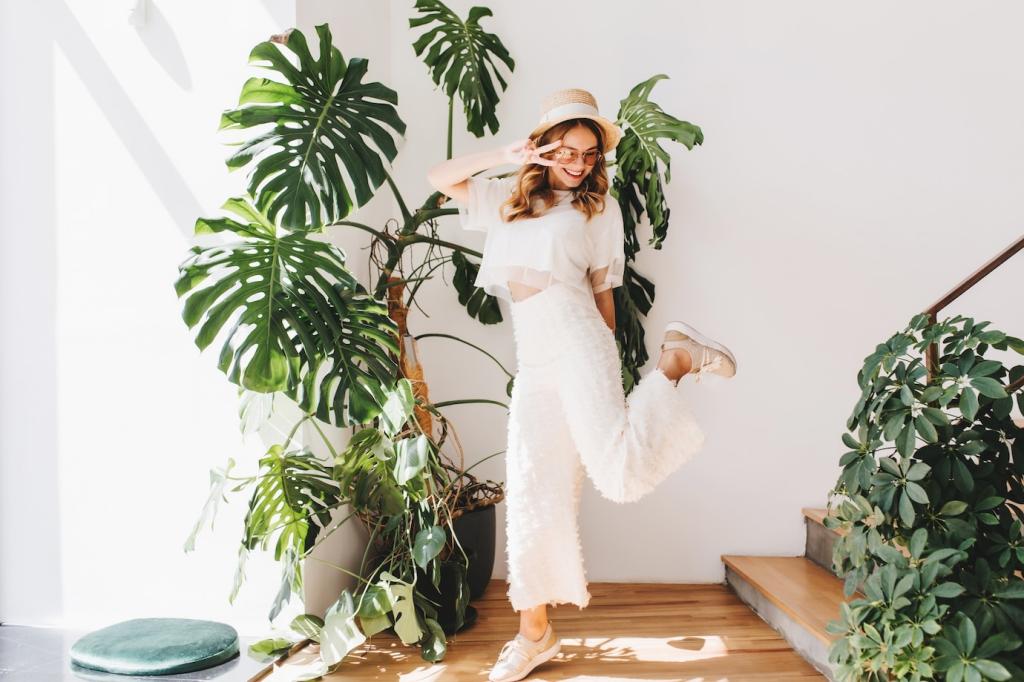
Circular Design in Practice
Build a small library of hero items—benches, side tables, sculptural chairs—that rotate through listings. Track where they shine best, then schedule rotations to refresh returns. One oak bench did five condos in six months, earning compliments every time. By renting or sharing through trusted partners, you widen your aesthetic toolkit without constant buying. Want our rotation checklist? Subscribe, and we’ll send the template we use weekly.
Circular Design in Practice
Not every piece needs to be new to feel new. A dated dresser becomes a breezy entry console with mineral paint, new hardware, and a crisp stone top. The key is restraint: keep silhouettes simple and tones consistent with your brand palette. Photograph tasteful before-and-afters, because transformation stories travel. If you have a tired piece in storage, tell us its dimensions and we’ll suggest an upcycle plan in the comments.
Styling Techniques to Signal Sustainability
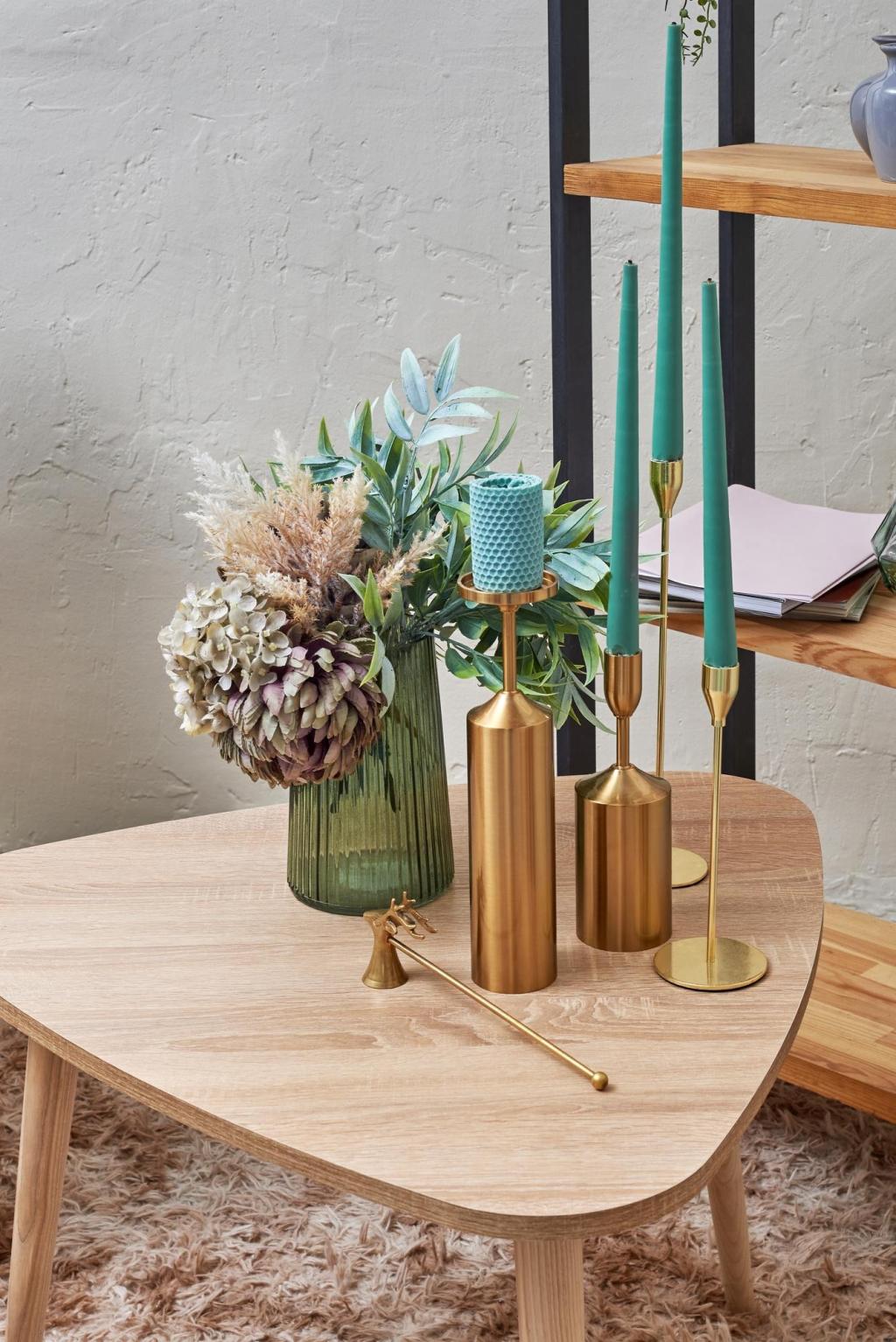
Provenance Cards and Conversation Starters
A small, elegant card beside a hero piece can do wonders: “This table was once a barn beam from 1940s dairy country, refinished with water-based oil.” People lean in, smile, and share. Keep copy short, sincere, and specific. Buyers carry those micro-stories into their decision-making. Try one provenance card at your next open house and note how many visitors mention it out loud.
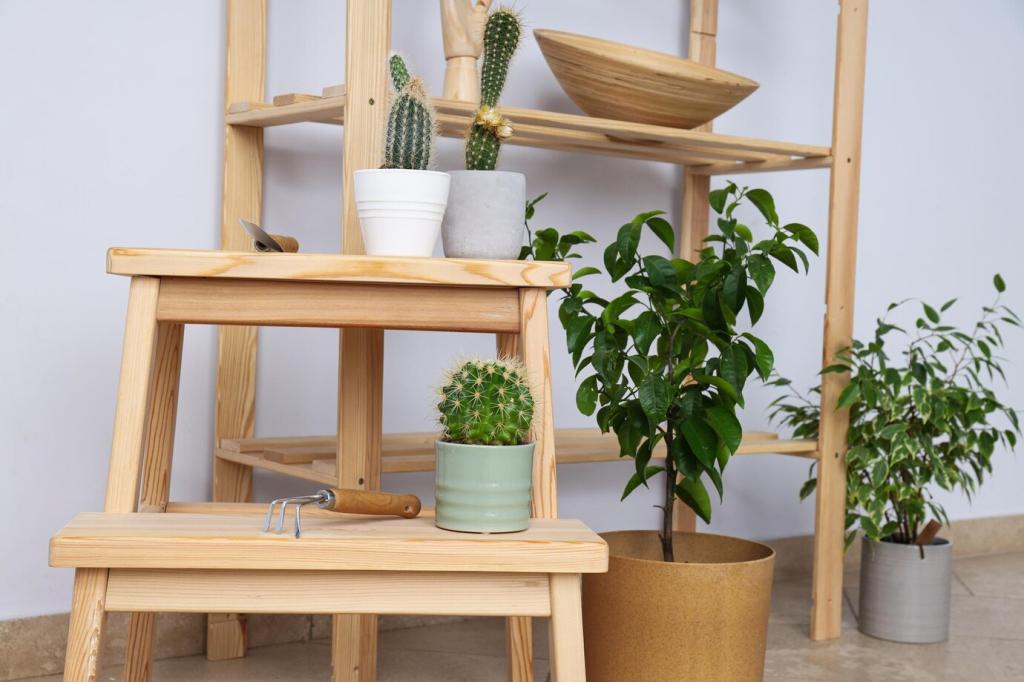
Earthy Palettes and Biophilic Touches
Think soft taupes, clay, moss, and bone layered with natural textures and living plants. These cues whisper calm and cleanliness, helping rooms feel breathable and bright. Place greenery where it guides sightlines—beside a reading chair or framing a window bench. Even one well-chosen fig or fern adds life to photos without stealing focus. If you have a go-to plant that never fails, share its care tips for busy stagers.
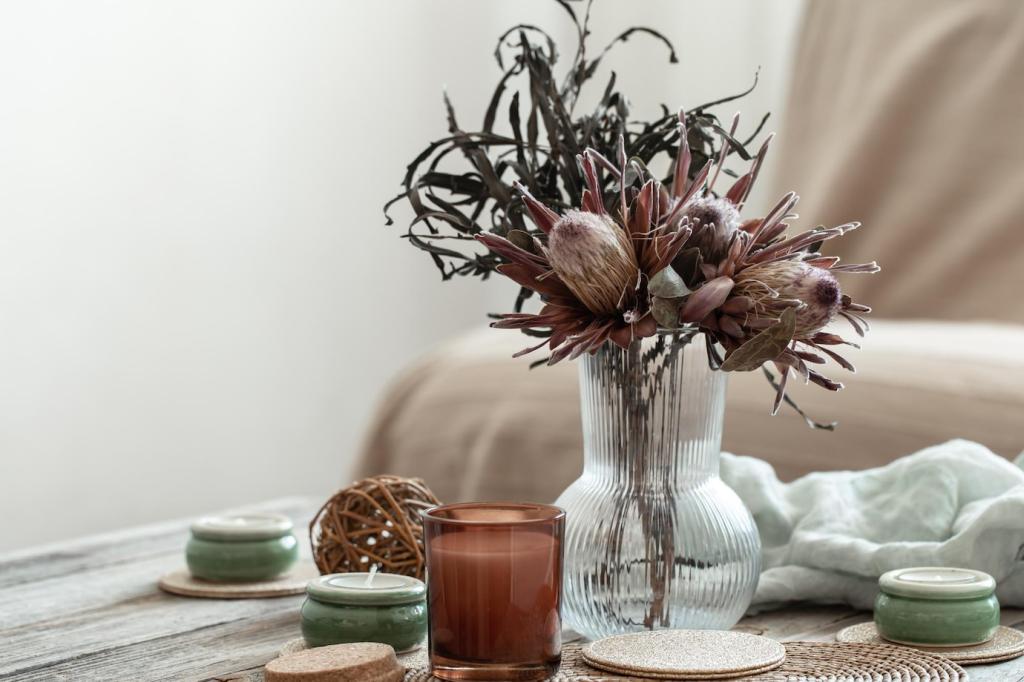
Photography That Highlights Craft
Capture close-ups of wood grain, linen weave, and hand-stitched details to translate quality through a screen. Shoot at golden hour to reduce harsh shadows and limit artificial light. Include one wide establishing shot, then two detail shots that reveal texture. In captions, mention the sustainable attributes succinctly. Tag makers and materials for credibility and reach. Post your favorite detail shot and tell us what caught your eye on-site.
Budget-Friendly Sustainable Sourcing
Arrive early, carry a dimensions list, and bring a compact toolkit. Check drawer glide, leg stability, and veneer edges before committing. Minor wobbles often fix with wood glue, clamps, and felt pads. Favor timeless lines over ornate detailing; they blend across listings. Keep a rolling inventory spreadsheet to avoid duplicates. Share your best thrift win—bonus points if it photographed like a million bucks for under fifty dollars.
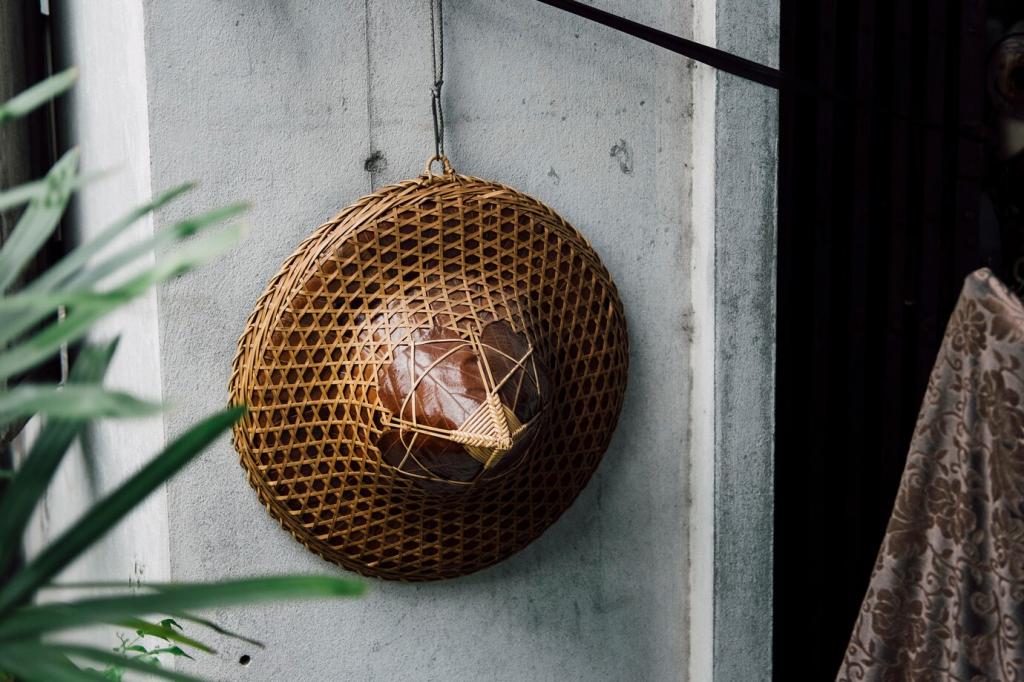
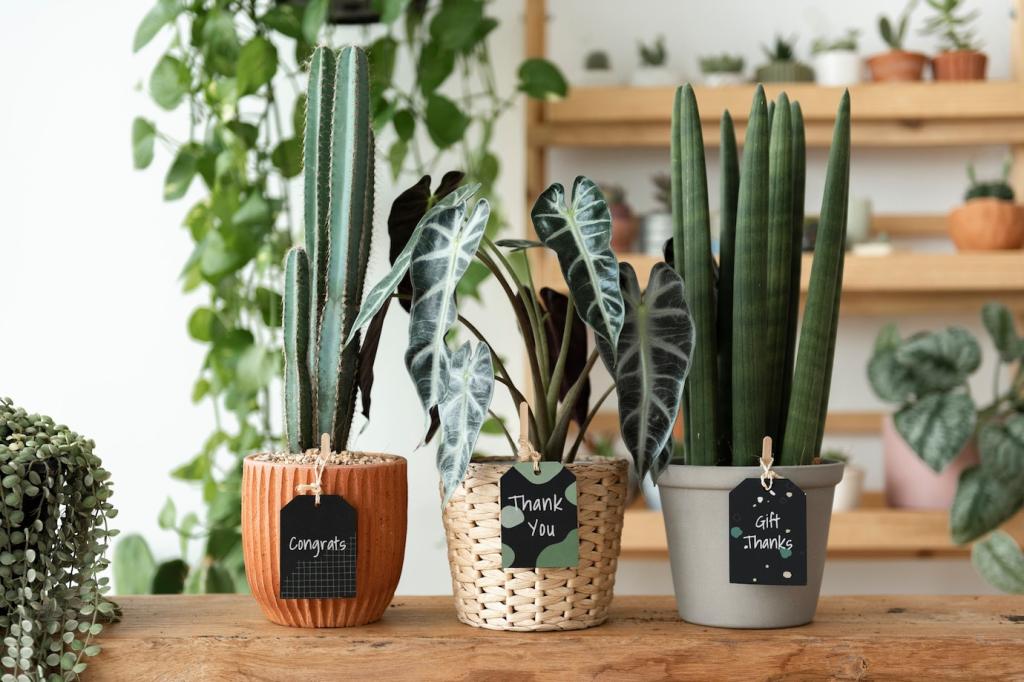
Budget-Friendly Sustainable Sourcing
Many artisans have offcuts and deadstock materials perfect for small tables, shelves, and stools. Commission simple, durable forms sized to your staging van and typical floor plans. Cross-promote: you feature their work; they tag your finished spaces. It’s community-powered design with traceable origins and fair pricing. If you’re a maker reading this, drop your city and specialty so local stagers can connect.
Create a simple tracker: items reused, purchases avoided, repairs completed, and estimated materials diverted from disposal. Add notes on transport consolidated and packaging reduced. Even rough numbers tell a meaningful story. Include one sentence about air quality benefits from low-VOC finishes. Over time, patterns emerge that guide better choices. Want our template? Subscribe, and we’ll send a copy with example entries.
Measuring Impact and Telling the Story
Add a one-page sustainability summary to your listing proposal: a few photos, three bullet outcomes, and a brief material glossary. Keep it tangible—faster photo approvals, fewer damages, and consistent brand look. Clarify that sustainable staging enhances appeal without compromising the design brief. Invite questions and preferences, especially around material sensitivities. If you try this, report back with what resonated most in your market.
Measuring Impact and Telling the Story
Biobased and Recycled Innovations
Watch for fast-evolving materials like mycelium-based panels, recycled aluminum frames, and textiles woven from post-consumer fibers. Early adopters gain distinctive looks and compelling stories that separate listings in photo feeds. Pilot a single accent piece before committing broadly, then gather viewer reactions. If a new material sparks interest at open house, document it and share your takeaways with our community.
Furniture-as-a-Service Models
Subscription-based systems allow access to high-quality, repairable pieces without large upfront costs. Rotations keep rooms fresh and reduce waste from one-off purchases. Vet providers for maintenance quality, repair policies, and transparent material sourcing. Start small with side tables or stools, then scale up if logistics flow smoothly. If you’ve tested a service, tell us what surprised you—good or bad.
Data-Informed Inventories, Human-Centered Design
Track which sustainable pieces perform best by room type, style, and photo engagement. Use that insight to prioritize acquisitions that earn attention while minimizing redundancy. Yet keep the human touch: tactile textures, honest materials, and stories that feel lived-in. Balance numbers with intuition, and your staging will look smart, feel warm, and stand out. Comment with the one item you’ll add to your inventory next.
